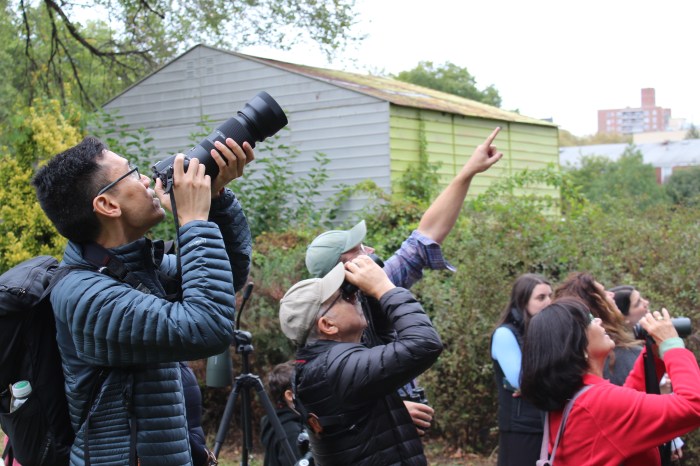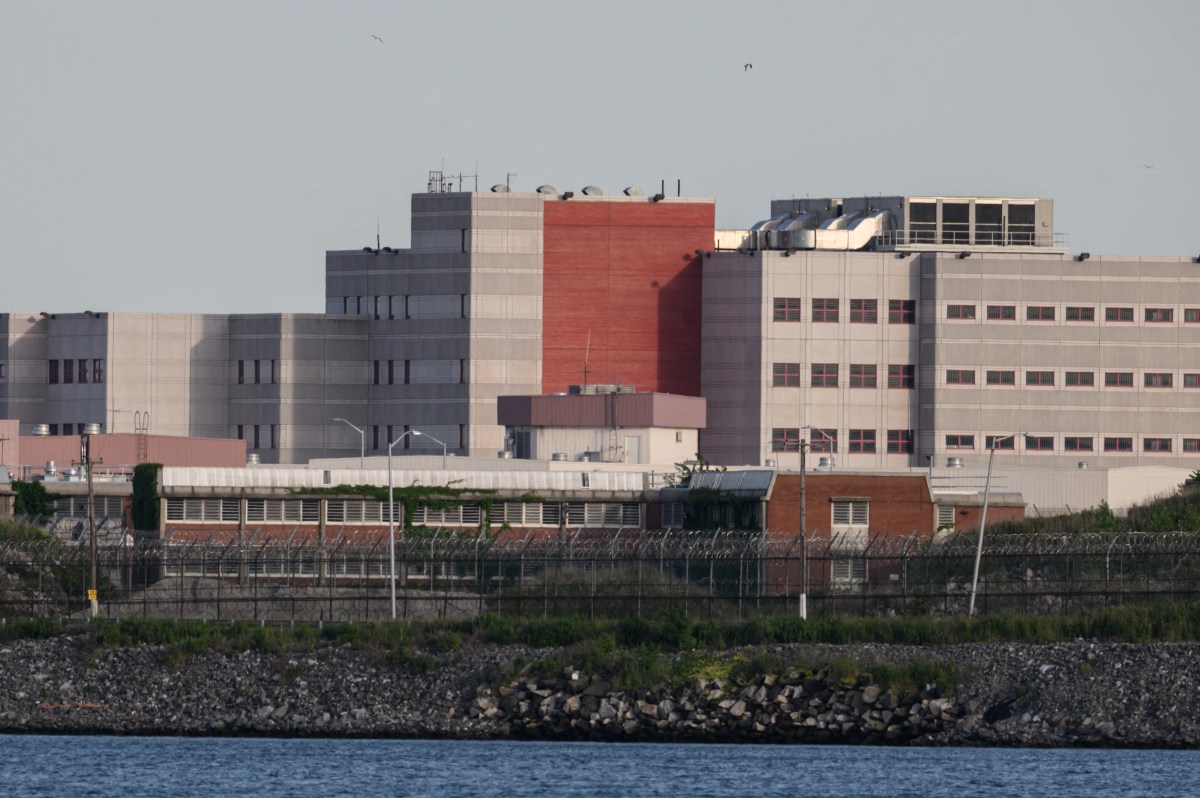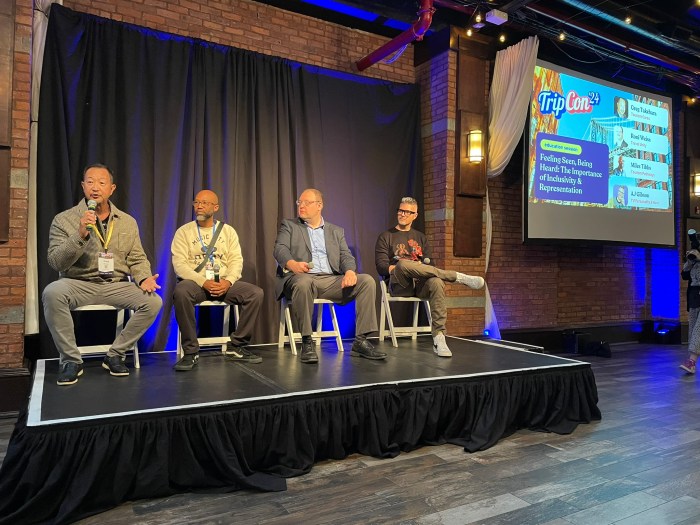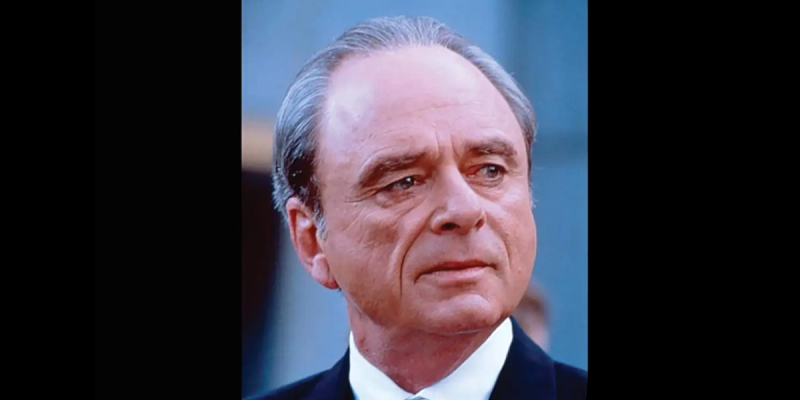Read Related Article #1: Resistance
Read Related Article #2: Survivor Profile: Yala Korwin
Read Related Article #3: Targeted groups
Read Related Article #5: Survivor Profile: Werner Kleeman
Read Related Article #6: Where they went
Read Related Article #7: Survivor Profile: Hanne Liebmann
Read Related Article #8: Survivor Profile: Richard Sonnenfeldt
Read Related Article #9: Survivor Profile: Larry Wenig
Read Related Article #10: Justice after genocide
World War II finally began coming to an end in April and May of 1945 and the many camps where the Holocaust survivors had seen so many horrible things were being liberated by the Allied forces.
“By April 1945, we started to hear big guns in the distance,” said Steven Berger, originally from Hungary, but working in a factory in Vienna when the war ended. “We knew that the Russians were coming closer and closer.”
Soon the massive destruction that had taken place became even more visible. By the time the war was over, 11 million people lost their lives. Of that total, six million were Jews. That figure includes 1.5 million Jewish children who were killed.
The United States Holocaust Memorial Museum defines a survivor as “any persons, Jewish or non-Jewish, who were displaced, persecuted, or discriminated against due to the racial, religious, ethnic, and political policies of the Nazis and their allies between 1933 and 1945. In addition to former inmates of concentration camps, ghettos, and prisons, this definition includes, among others, people who were refugees or were in hiding.”
For many of the survivors, liberation did not immediately bring about feelings of happiness. Little Neck resident Ruth Turek was liberated from Bergen-Belsen on April 15, 1945.
“The way I felt when I found out I had nobody [left] was that I was being punished that I did not perish with my family. I looked for a reason for my survival,” Turek said. “Eventually I figured if I wasn’t alive then Hitler succeeded 100 percent to erase the bloodline of my family.”
When the Russians liberated Ethel Bauer Katz’s town of Buczacz in Poland on July 22, 1944, she cried so much she ended up falling asleep in the attic where she had been hiding.
“I was so exhausted from the crying,” Katz said.
Jamaica resident Inge Auerbacher spent part of her youth in the concentration camp Terezin and was liberated by the Soviets on May 8, 1945. In her book “I Am a Star,” Auerbacher writes, “The first thing we did was rip off the yellow star from our clothes. I had spent three years in this human hell. I can still see the boisterous Russian soldiers singing and dancing on their tanks.”
When survivor Werner Kleeman escaped Germany, he moved to the United States and then enlisted in the army. He was part of the D-Day invasion and various liberations. His unit was later given the task of going to the various towns to establish occupation governments, conduct interviews and arrest Nazis.
“There was much work to do, what seemed like a lifetime of damage to repair, a whole society to put back together,” Kleeman writes in his memoir “From Dachau to D-Day.” “There were broken families, ruined businesses, unjust distribution of wealth and possessions. There was pain and injury that we would not be able to repair, but there was also much that we could and did do.”





























